Every think tank makes strategic choices and trade-offs that depend on its purposes, constituencies, and context. A good strategy differentiates a think tank from its peers but aligns the components of its operations toward a common purpose. Ultimately, CIPE views think tanks’ success in terms of policy relevance, intellectual leadership, contribution to the public good, and sustainability. This all starts with the mission.
Defining the Mission
A think tank’s mission captures the reason for its existence and drives all its actions. Through the mission statement, the organization establishes its identity: internally, by expressing a common purpose, and externally, by stating what it stands for. Adhering to the mission builds consistency, momentum, and credibility. A good mission statement is clear, concise, and operational. It should be featured in the institute’s products and activities.
Sample Mission Statement
“To inform decision-making in Kenya through policy innovation, research, analysis and dialogues.” | Institute of Economic Affairs, Kenya
The mission statement declares the need that the institute was created to serve. In defining its mission, the institute makes a claim about where it can really make a difference. It may also express any guiding principles that it espouses.
As part of mission development and strategic planning, think tanks must contemplate the appropriate breadth or focus of issues that fall within their scope of activities. A sharper focus allows greater specialization, as well as closer relationships with target audiences. However, it reduces the ability to adapt and attract wide support. Too broad a menu of issues, on the other hand, may weaken identity and limit depth of expertise. One solution is to establish a set of core principles that guide an institute without wedding it to short-lived issues.
To carry out its mission, an organization must be able to visualize the change it seeks, then chart a path to realize that change. The strategic plan flows from the mission statement and establishes a limited number of core competencies. These are areas of strength that can be developed, that advance major objectives and differentiate the institute from other organizations.
Identifying Audiences
As brokers of knowledge, think tanks require a thorough understanding of their audiences. According to McGann and R. Kent Weaver, knowing the audiences can be challenging because think tanks operate in two distinct markets: a market for funding and a market for policy advice. Both markets are essential to the functioning of an institute, and both comprise multiple audience segments.
Within the policy market, important audiences include:
- The Government: Legislators, executive officials, and regulators need information and solutions to make quality decisions. In order to influence policy, think tanks must influence the thinking of decision makers.
- The Public: Think tanks inform the public about government activities and educate them on important issues. They also may tell policymakers what citizens want.
- The Media: Through the media, think tanks reach other audiences, raise awareness of issues, shape policy debates, and increase their own visibility.
- The Business Community: Many think tanks brief businesses on current policy issues and help them keep abreast of upcoming legislation. Some think tanks offer services to business associations.
Within the funding market, think tanks’ audiences and supporters include foundations, international donors, corporations, private individuals, and sometimes government. Think tanks must attract and retain funders and provide them information according to their interests.
Think tanks must identify what distinct value they bring to each of their key audiences, or “customers.” Through researching and listening to their policy customers and their funding customers, they determine customers’ priorities as well as specific interests and knowledge. Think tanks’ activities should be directed toward providing value to the customers, capturing value from customer relationships for their organizations, and building these relationships.
Positioning the Think Tank
Think tanks can be classified according to three main attributes: their activities, their sponsors, and the issues they address. The organizational choices made by a think tank or by its founders influence what the think tank can do and how it is perceived.
Choices About…
…Advocacy in Relation to Research
When research is applied in advocacy, evidence can be incorporated into policy. Credible research findings provide a strong basis for advocacy. However, a short-sighted focus on promoting a think tank’s positions and preferences at any cost can lead to neglect of research standards and a perception of bias.
…Sponsorship in Relation to Research
A research program requires funding to operate. The funders are important consumers and beneficiaries of research. However, funders can exert influence on research agendas, suppress adverse findings, or divert an institute from its mission.
…Issues in Relation to Research
Research deepens understanding of policy issues and can serve to advance points of view, values, or ideologies. However, dogmatic adherence to ideological positions can create pressure to predetermine research outcomes.
To sum up: for research to add value in the policy process, the integrity and quality of research must be preserved. Think tanks must insulate their research from pressures that would lower standards and undermine credibility. On the other hand, think tanks must maintain certain relationships to ensure their research products are relevant, meaningful, and funded. Research in a vacuum contributes nothing to the policy world. Think tanks must therefore balance their relationships and set parameters on what they will do or accept.
Activities
Issues
Sponsors
Steering the Think Tank
Governance refers to how board leadership steers an organization in concert with management and key stakeholders. It creates a framework for better decision making and accountability for results. Good governance defines leadership roles and responsibilities and facilitates constructive working relationships.
The board leads by setting the vision for the think tank and developing a strategic plan. The board is responsible for:
- Guarding the mission of the business association and steering it in the right direction.
- Overseeing the activities, health, and ethical behavior of the organization.
- Ensuring that the organization is well-resourced to fulfill its mission, with adequate finances, capable staff, and esteemed reputation.
The staff brings the strategic plan to life by managing the daily tasks necessary to fulfill the goals. The staff is responsible for:
- Executing the decisions of the board.
- Administering daily details; procedures and project completion.
- Monitoring and reporting on progress toward goals.
- Managing organizational affairs including personnel, property and finances.
Two interviews with CIPE partners illustrate how think tank leaders worked to strategically position their organizations in complex environments: Kosovo and China.
An Interview with Alban Hashani
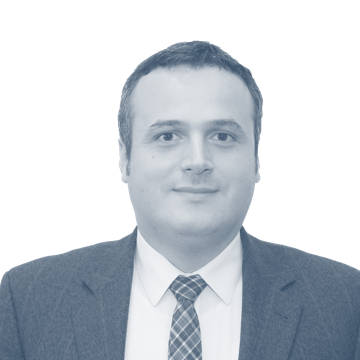
Alban Hashani, Ph.D., Executive Director, Riinvest Institute, Kosovo; Lecturer, Economics, Riinvest College
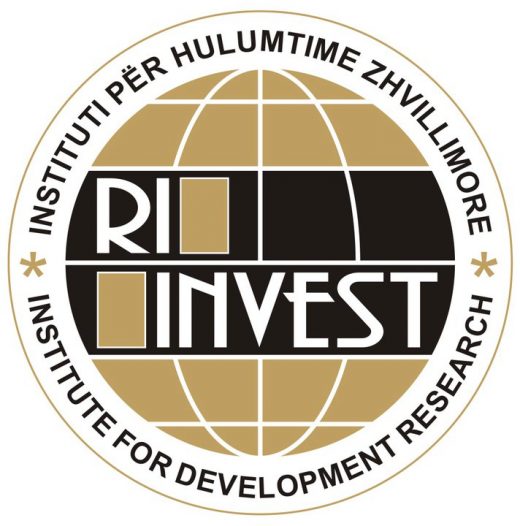
An Interview with Unirule
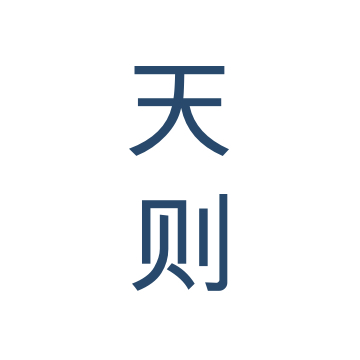
Note: In 2019, government pressure led Unirule staff to close the think tank and cease operations. This interview was conducted in 2018 and has been edited slightly to account for the closure.

